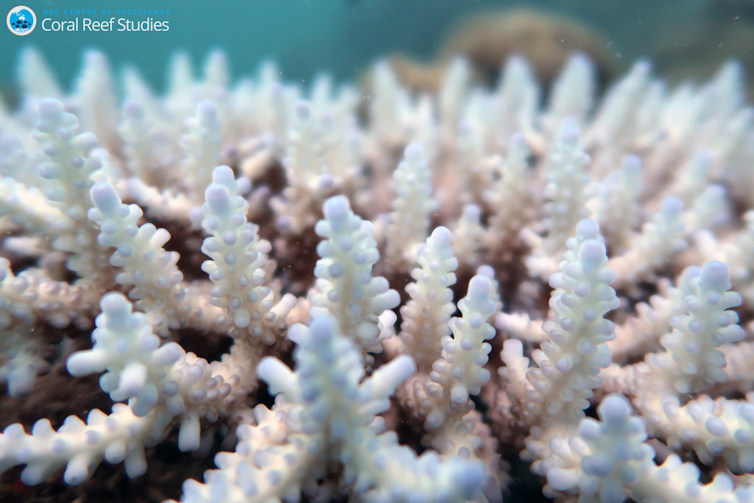
Agricultural laborers spray against insects and weeds inside the orchards of a fruit farm in Mesa, California. Brent Stirton—Getty Images
Continue reading at: We Need to Change Our Food System to Stop the Next Pandemic | Time
Following what goes on with oil and gas exploitation in and around Adrian, Michigan since 2013 - and how these events in our little city connect to the global environmental situation... - with the occasional sidetrack to other related environmental issues in Lenawee county, Michigan and how those relate to global issues.



